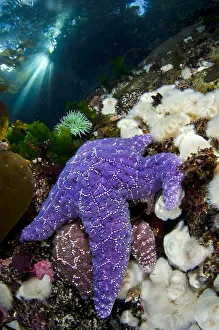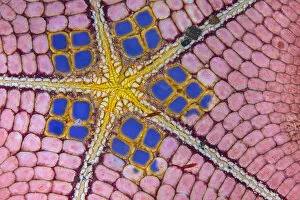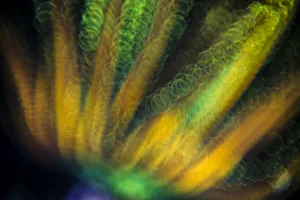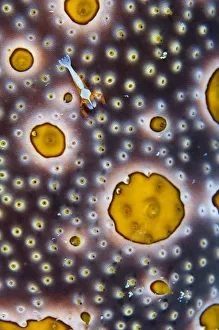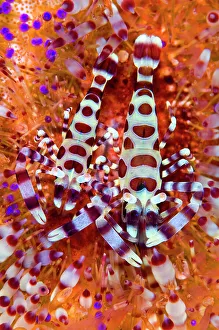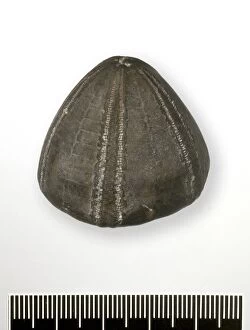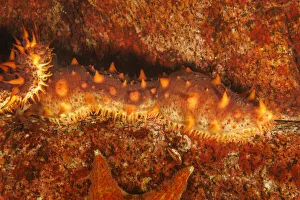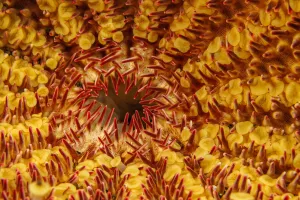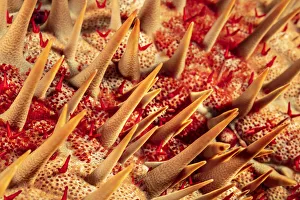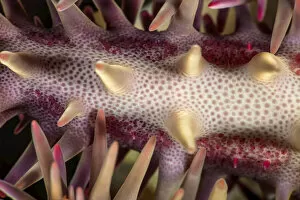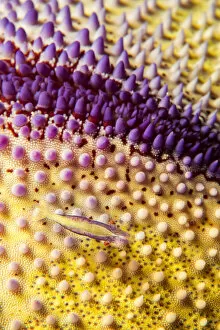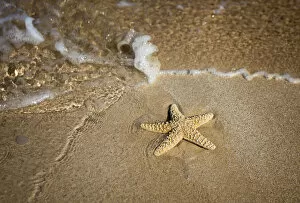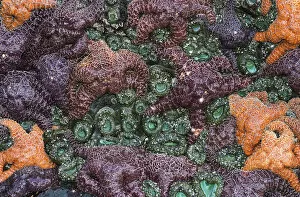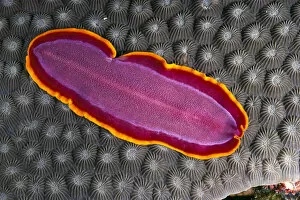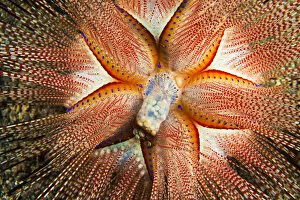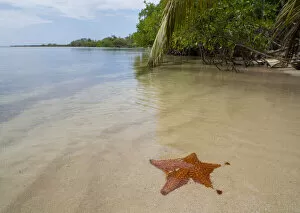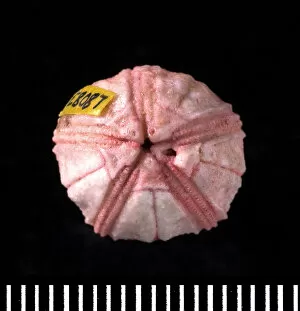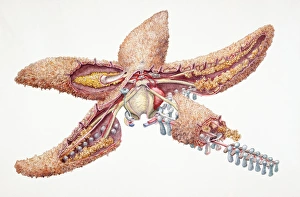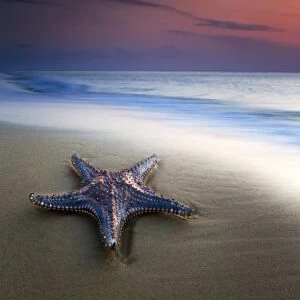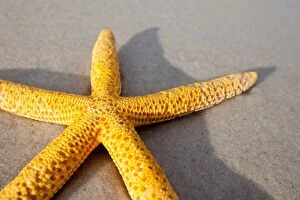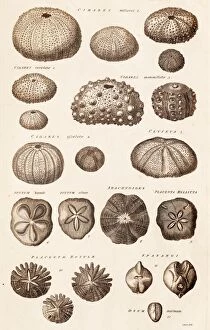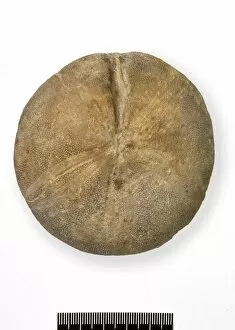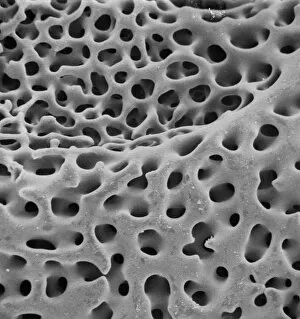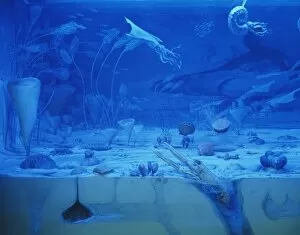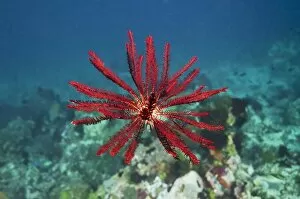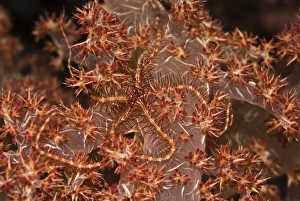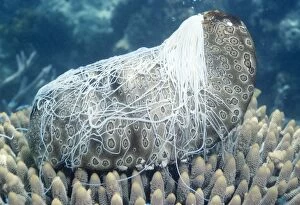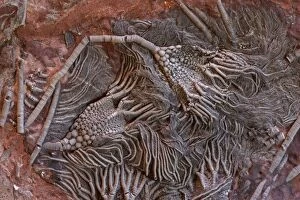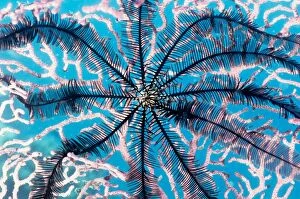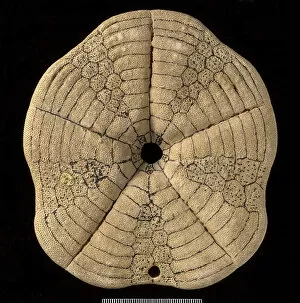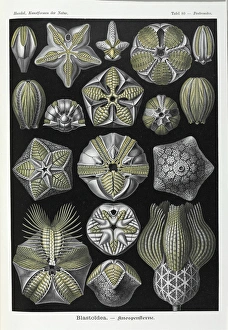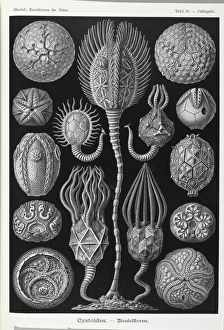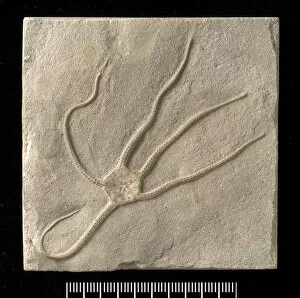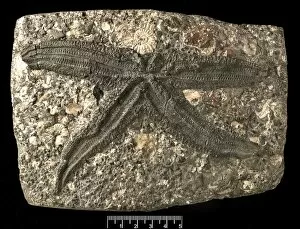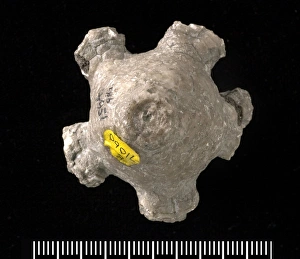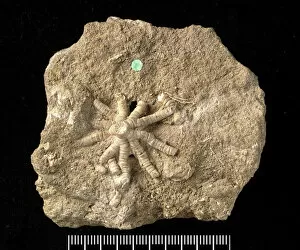Echinoderm Collection (page 4)
"Echinoderms: Fascinating Creatures of the Sea" Diving into the depths of the ocean, we encounter an extraordinary world filled with diverse marine life
All Professionally Made to Order for Quick Shipping
"Echinoderms: Fascinating Creatures of the Sea" Diving into the depths of the ocean, we encounter an extraordinary world filled with diverse marine life. Amongst them, echinoderms stand out as captivating creatures that never fail to amaze us. In Japan's Kagoshima Prefecture, a Male Leach's sea star steals the spotlight as it engages in broadcast spawning. With arms extended gracefully, it releases streams of sperm into the water, contributing to new life beneath the waves. This mesmerizing sight earned its well-deserved recognition as Wildlife Photographer of the Year 2022 - Underwater category winner. But let us not forget their ancient relatives who once roamed our oceans. Extinct marine reptiles ruled during a time long past, leaving behind remnants like crinoid fossils known as "Sea Lilies. " Discovered in Northern Germany from the Triassic period over 240 million years ago, these delicate fossils offer glimpses into Earth's prehistoric wonders. Moving forward to present-day marvels, we encounter sea cucumbers and starfish gracing sandy beaches worldwide. Their unique shapes and vibrant colors add charm to coastal landscapes while reminding us of nature's artistic touch. Delving deeper into history reveals St. Cuthberts Beads—a rosary crafted from crinoid columnals—an exquisite testament to human creativity intertwined with echinoderm beauty. Further exploration uncovers Pentrimites robustus and Tylocidaris clavigera—blastoids and sea urchins respectively—each showcasing intricate patterns etched by evolution itself. Venturing along rocky shores brings encounters with double spined urchins' anal sacks—a peculiar yet essential part of their anatomy that aids in maintaining balance within their watery habitat. As we journey across continents, common starfish grace Oxwich Bay in Gower South Wales UK while ochre & purple sea stars adorn Strawberry Hill State Park on the Oregon coast, Pacific Ocean, USA.

